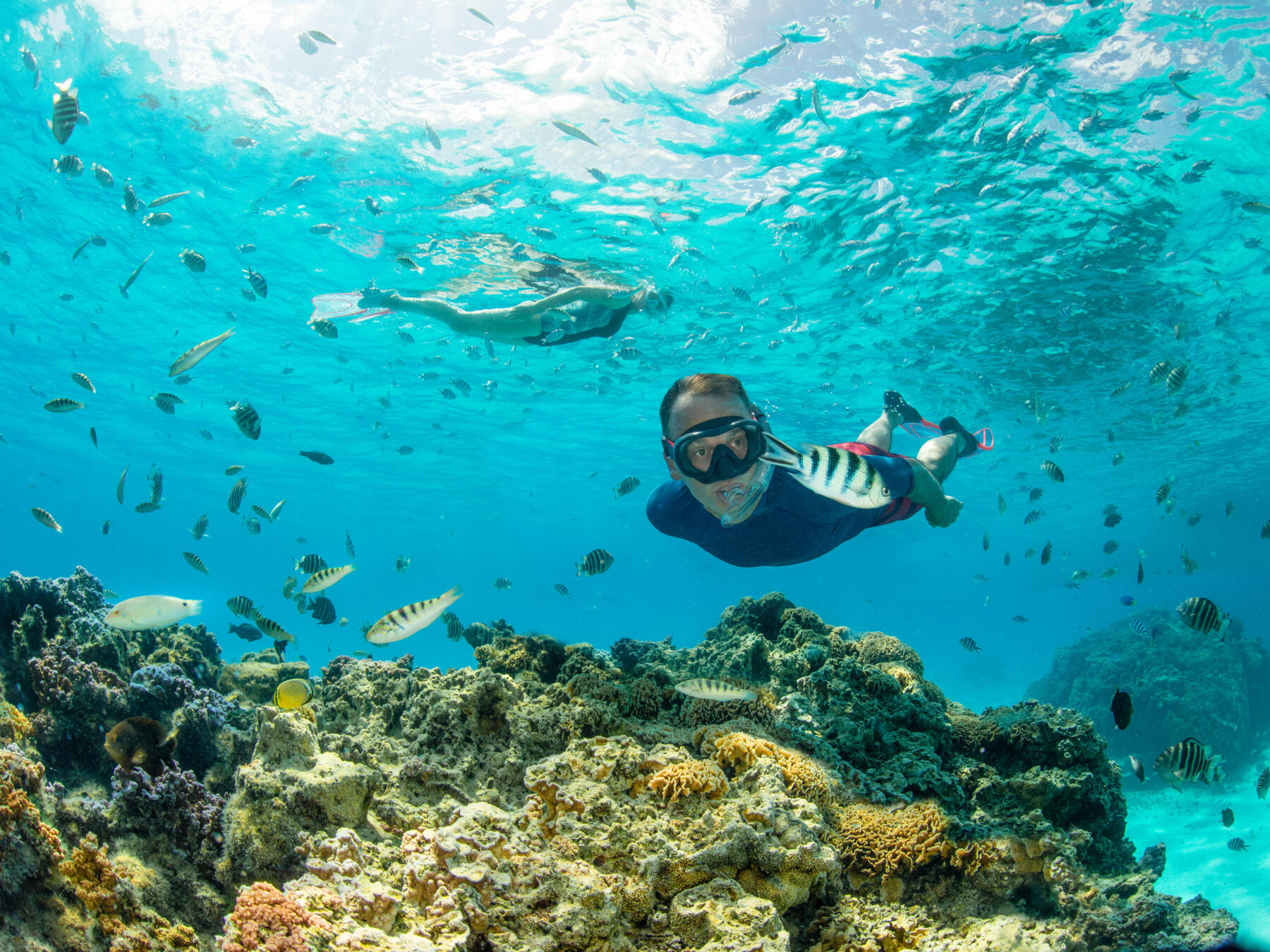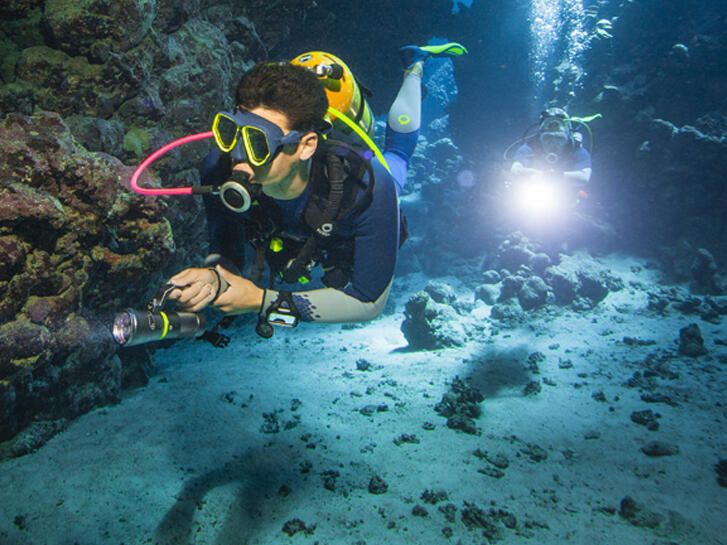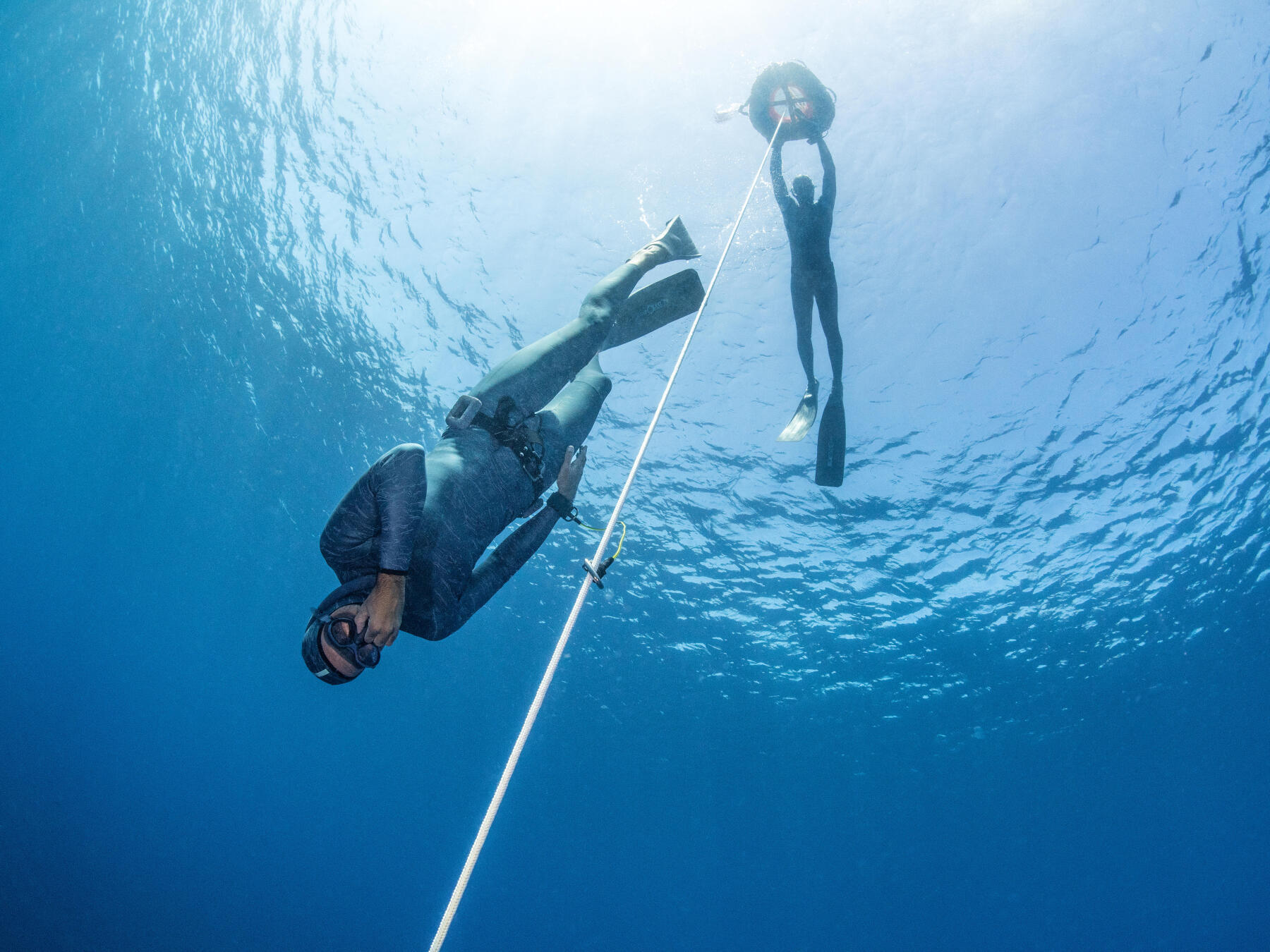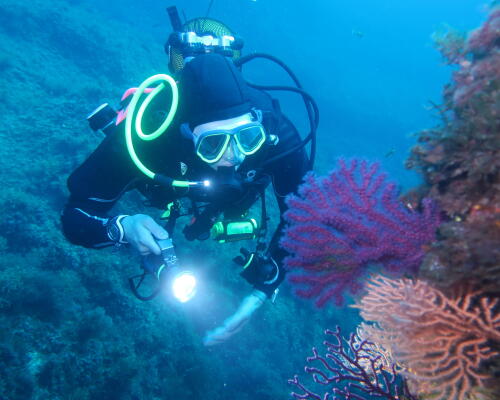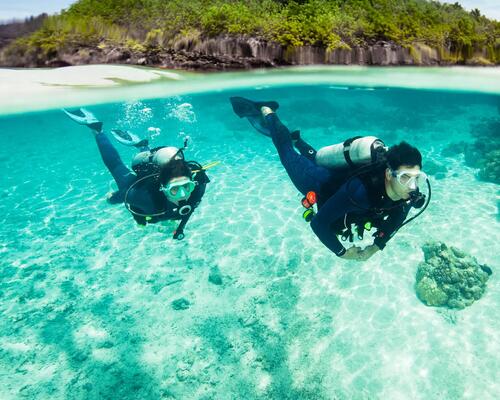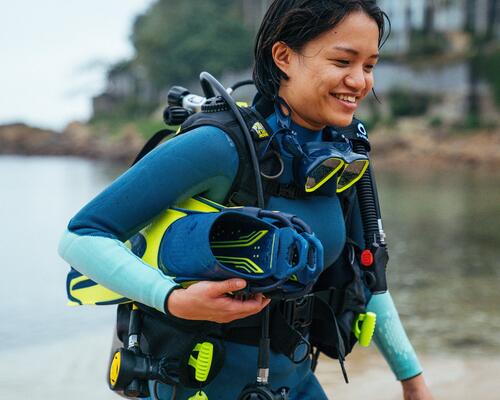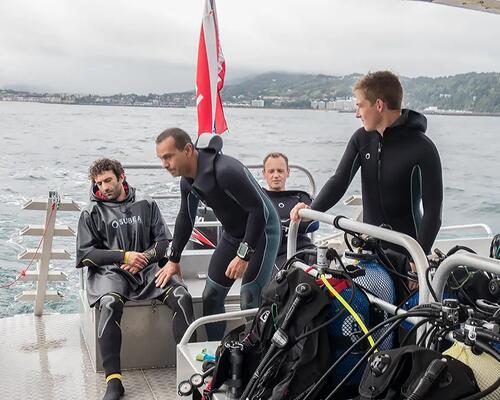Introduction to diving #1. snorkelling
Snorkelling is a recreational activity usually practiced in tropical locations. The snorkeller only needs a few basic pieces of equipment, which are the mask, snorkel and fins(or protective aquashoes). In cooler waters, you can also wear a snorkelling top. You can observe the marine environment while swimming on the water surface without heavy gears! It requires little effort and everyone from different ages can join. Find out more benefits of snorkelling below.

